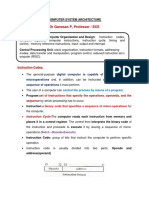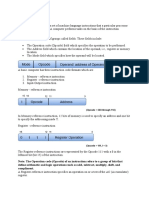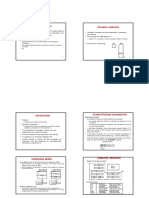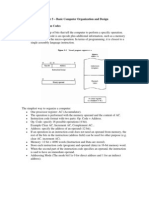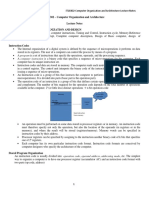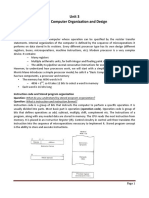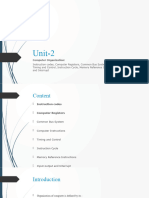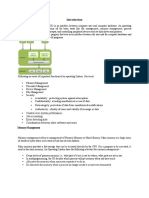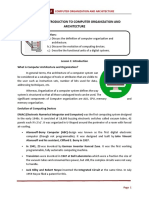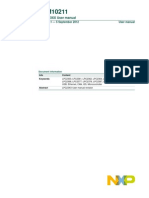0% found this document useful (0 votes)
56 views6 pagesBasic Computer Organization and Design
Uploaded by
dejuCopyright
© © All Rights Reserved
We take content rights seriously. If you suspect this is your content, claim it here.
Available Formats
Download as DOC, PDF, TXT or read online on Scribd
0% found this document useful (0 votes)
56 views6 pagesBasic Computer Organization and Design
Uploaded by
dejuCopyright
© © All Rights Reserved
We take content rights seriously. If you suspect this is your content, claim it here.
Available Formats
Download as DOC, PDF, TXT or read online on Scribd
/ 6



